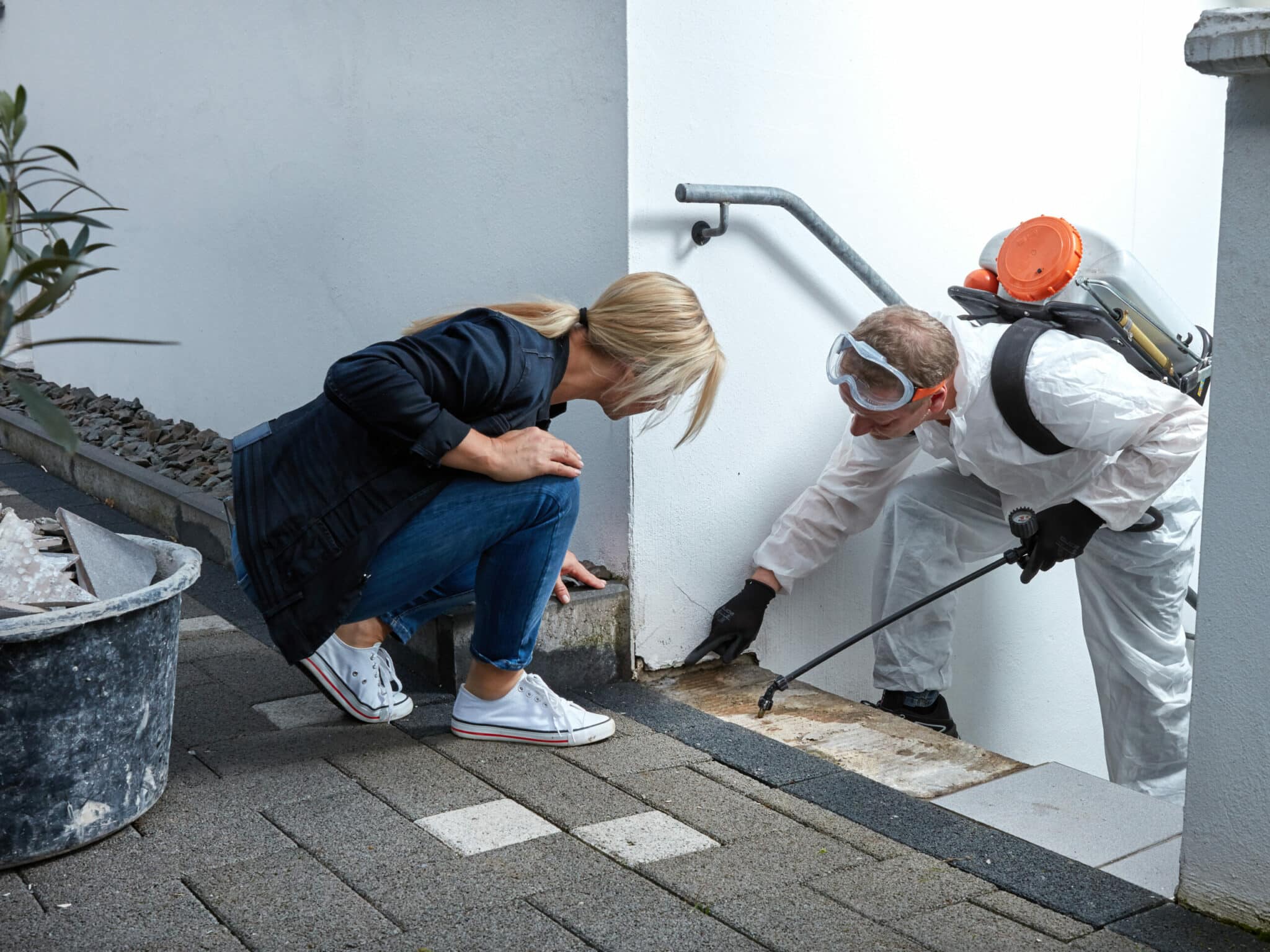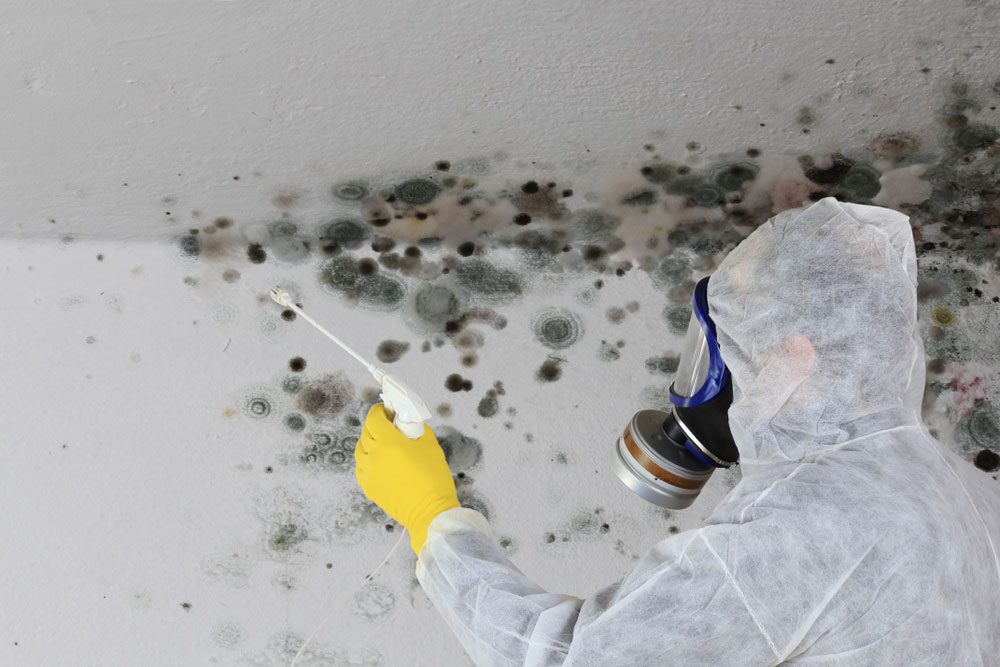Precision Mold And Mildew Remediation Strategies for Making Sure a Healthy Living Environment
In the realm of preserving a healthy and balanced living setting, the efficacy of mold remediation methods stands as a critical facet that requires precision and expertise. By checking out the ins and outs of mold and mildew removal methods, one can get insight into safeguarding against mold-related issues and fostering a healthier environment.
Comprehending Mold And Mildew Growth Aspects
Comprehending the crucial aspects that contribute to mold and mildew growth is essential in creating reliable approaches for mold removal. Mold calls for three major components to grow: wetness, ideal temperatures, and natural product for food. Dampness is perhaps the most essential element as mold and mildew spores can quickly colonize and spread out in wet environments.

Assessment of Mold And Mildew Infestations
Having actually recognized the crucial elements that add to mold growth, the following crucial action is assessing the degree of mold and mildew infestations within a property. Mold and mildew assessment includes a comprehensive assessment to determine the sort of mold present, the influenced locations, and the severity of the invasion. Expert mold and mildew assessors use a combination of aesthetic examination, dampness meters, thermal imaging video cameras, and air tasting to collect information on the mold and mildew problem.
Visual evaluation is typically the primary step in examining mold and mildew infestations, where specialists aesthetically examine areas prone to mold growth, such as bathrooms, cellars, and attic rooms. This assists identify visible mold and mildew growth and areas with indicators of water damages or high dampness degrees. Dampness meters are after that utilized to spot moisture degrees in structure products, helping in locating hidden mold and mildew development behind walls or ceilings.
In addition, thermal imaging electronic cameras can be used to find temperature differences that may indicate dampness problems promoting mold and mildew growth. Air sampling is another critical method used to accumulate airborne mold and mildew spores, giving info on the concentration and kinds of mold existing in the indoor environment. By using these assessment approaches, professionals can properly assess the mold infestation and develop a reliable remediation strategy to ensure a healthy living setting.

Applying Targeted Remediation Approaches
To successfully deal with mold and mildew invasions, implementing targeted removal approaches is important for removing the root creates of mold development and guaranteeing a mold-free environment. These methods involve a methodical approach customized to the specific mold and mildew problems recognized during the evaluation stage. By targeting the underlying factors adding to mold and mildew growth, such as wetness intrusion, insufficient air flow, or building product defects, remediation initiatives can be more effective and exact.
One targeted remediation technique is to attend to water leakages promptly to stop wetness buildup, which is a primary chauffeur of mold and mildew expansion. This may include fixing plumbing leakages, improving drain systems, or enhancing waterproofing measures. Additionally, enhancing air flow in wet locations can help decrease humidity levels, producing a setting much less for mold and mildew development.
Furthermore, targeted removal strategies may include removing and changing mold-infested products, such as drywall or insulation, and using antimicrobial treatments to inhibit future mold and mildew growth. Normal surveillance and upkeep are crucial to sustaining a mold-free environment following remediation initiatives - mold remediation philadelphia pa. By executing these targeted methods, homeowner can successfully fight mold problems and advertise a healthier living environment
Making Use Of Advanced Mold And Mildew Removal Technologies
Advanced mold elimination technologies play an important function in attending to mold and mildew problems successfully and adequately. These systems can record and filter out mold and mildew spores and various other air-borne bits, substantially minimizing the spread of mold and mildew during remediation.
Additionally, advanced mold and mildew elimination innovations include infrared video cameras that can discover covert wetness sources within ceilings or walls, helping in the accurate identification of locations susceptible to mold growth. mold remediation philadelphia. This technology enables removal professionals to target affected locations a lot more accurately, bring about an extra complete removal procedure
Ultraviolet (UV) light therapy is an additional innovative technology used in mold and mildew removal. By leveraging these advanced innovations, mold removal specialists can efficiently get rid of mold and mildew invasions and create a healthier living atmosphere for passengers.
Protecting Against Future Mold Reoccurrences
With the effective removal of mold invasions using sophisticated innovations, the focus currently changes towards carrying out durable approaches to avoid future mold and mildew recurrences. Stopping mold from reoccurring is essential for preserving a healthy and balanced indoor setting. One key approach is to deal with any kind of underlying dampness problems in the structure. Normal evaluations for leakages in pipes, roofings, and windows can aid determine and deal with resources of excess moisture that add to mold and mildew development.
Correct ventilation is an additional crucial element of mold prevention. Making sure sufficient airflow in all areas of the structure can help in reducing humidity degrees and protect against dampness accumulation. Making use of dehumidifiers in wet areas such as cellars can likewise help in controlling dampness degrees.
Maintaining tidiness and immediately resolving any water damages or spills can further assist prevent mold and mildew growth. Regular cleansing routines need to include cleaning, vacuuming, and wiping down surface areas to stop the build-up of visit homepage mold and mildew spores.
Educating occupants concerning mold and mildew avoidance practices, such as appropriate air flow and moisture control, can also add to an aggressive approach in avoiding future mold problems. By applying these strategies, the risk of mold reoccurrences can be dramatically minimized, bring about a much healthier living environment.
Conclusion
By understanding mold growth factors, assessing problems, carrying out targeted techniques, read the article utilizing innovative elimination innovations, and avoiding future reoccurrences, one can successfully fight mold concerns. It is essential to focus on mold removal to make sure the health of passengers and protect against prospective health and wellness risks associated with mold direct exposure.
